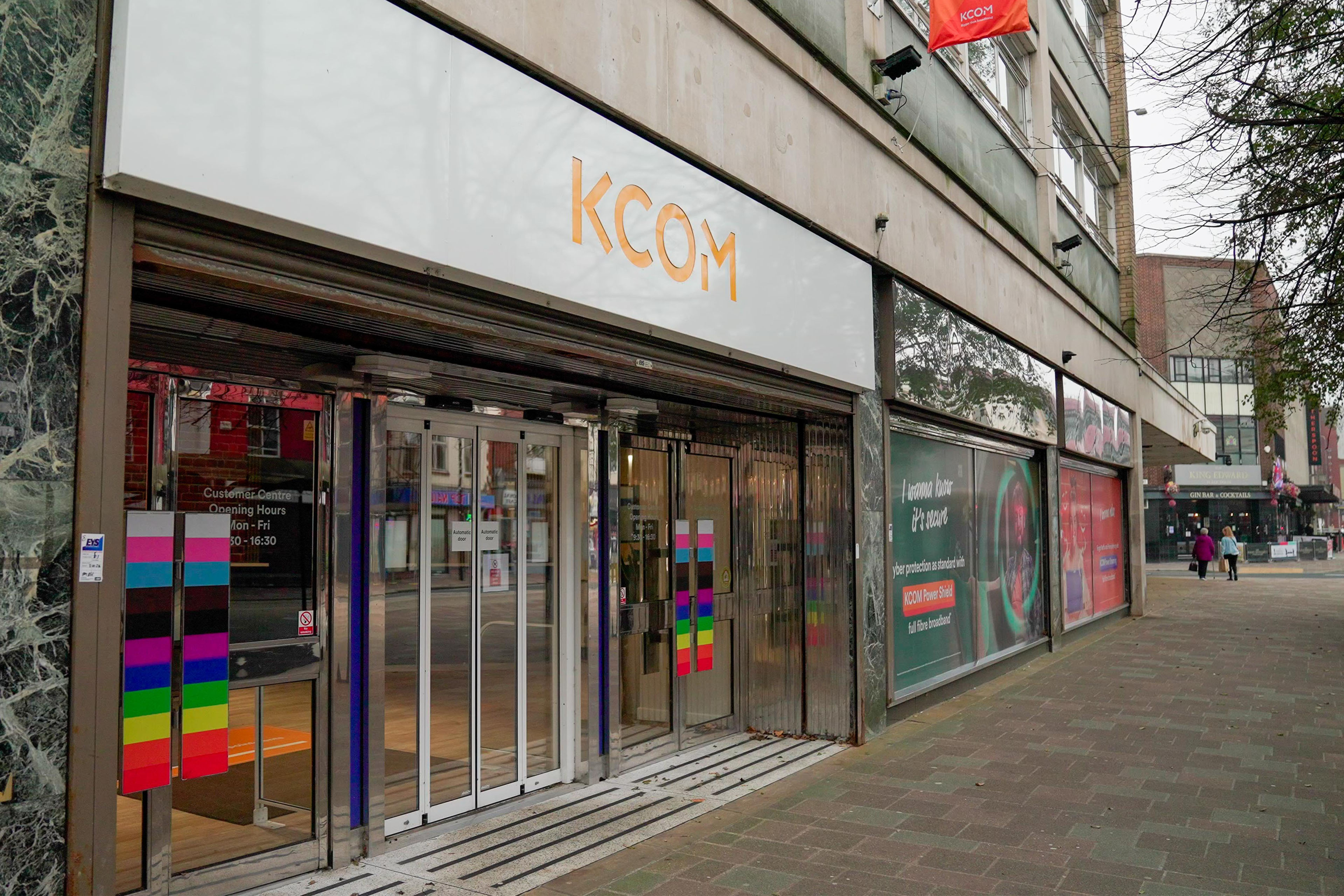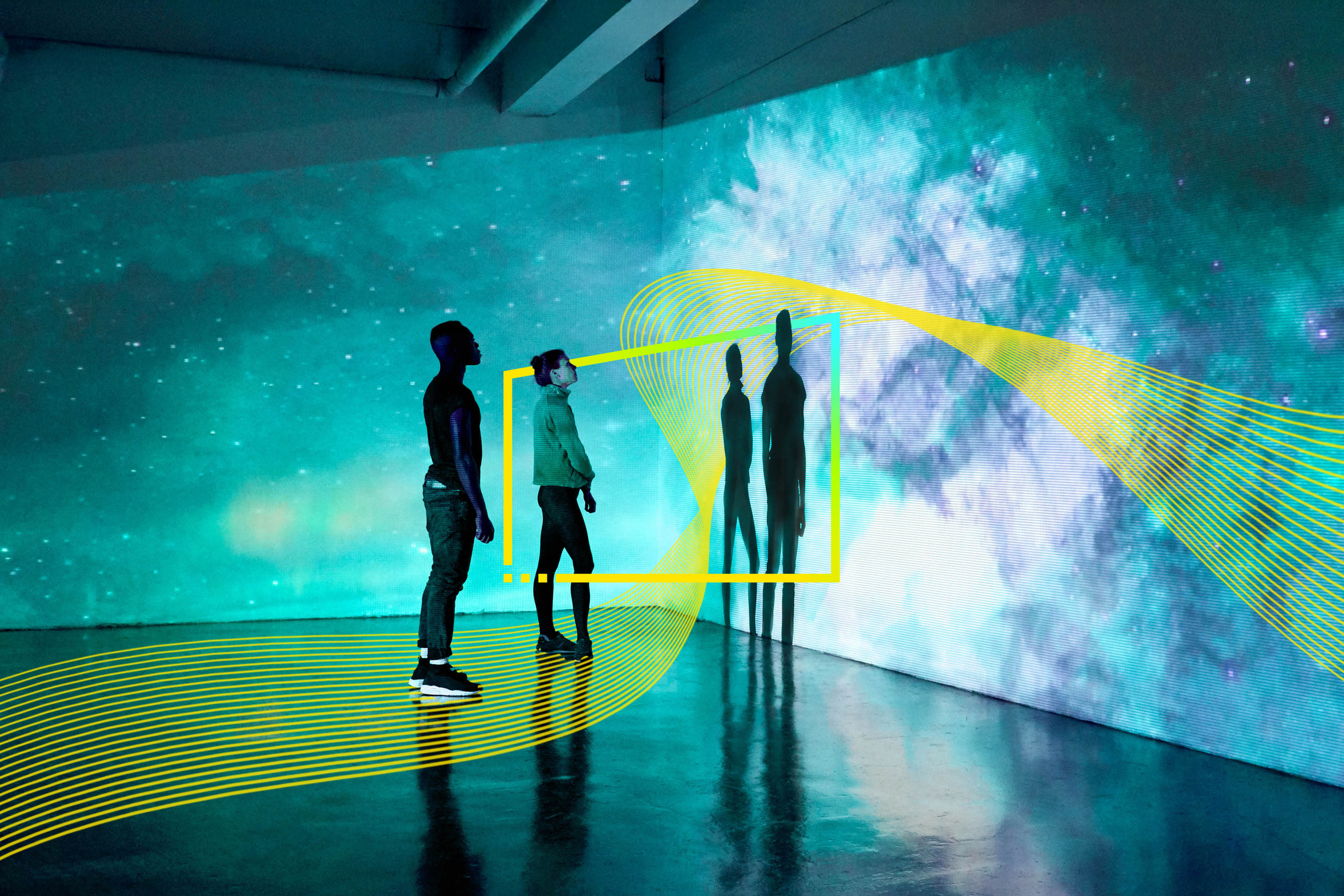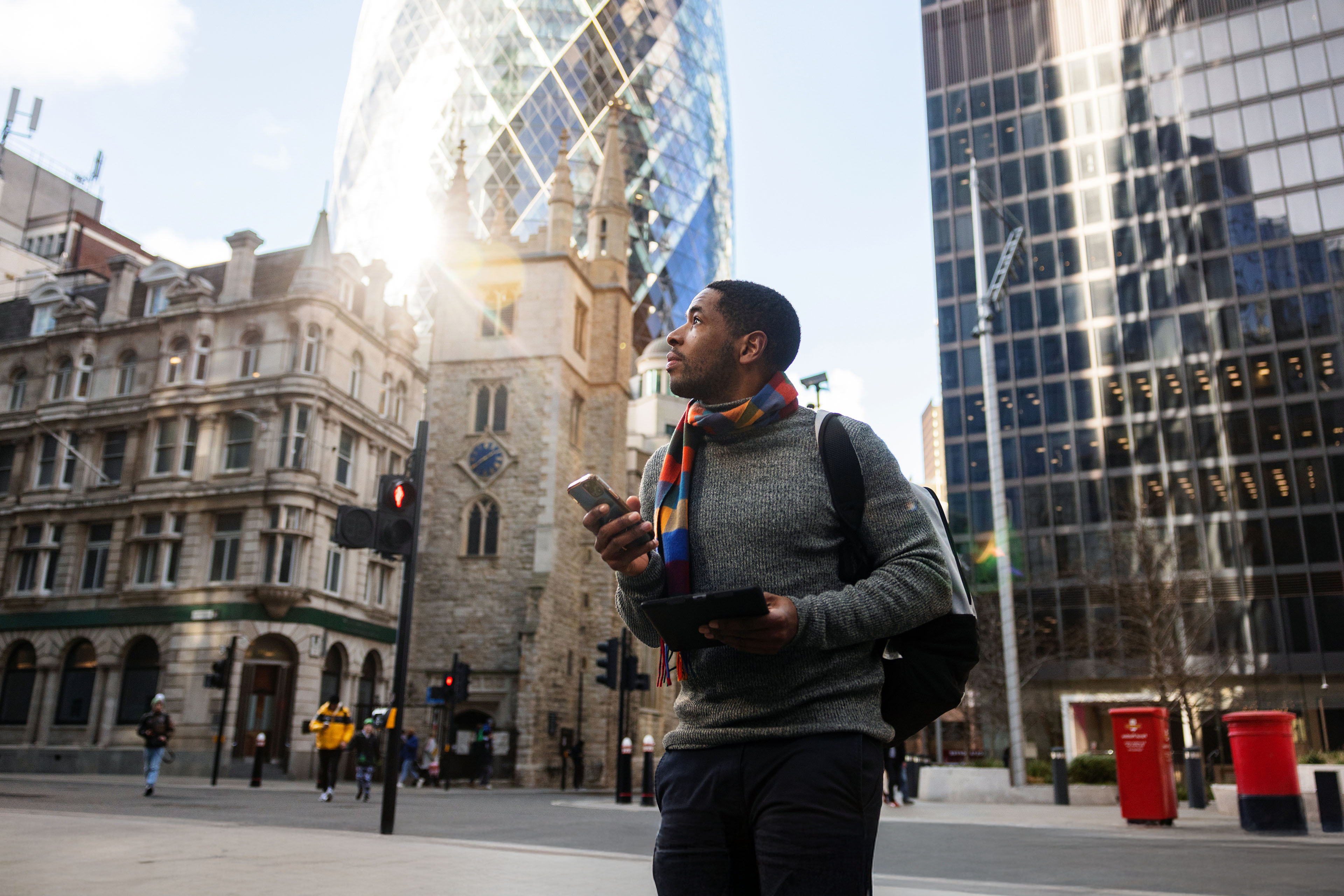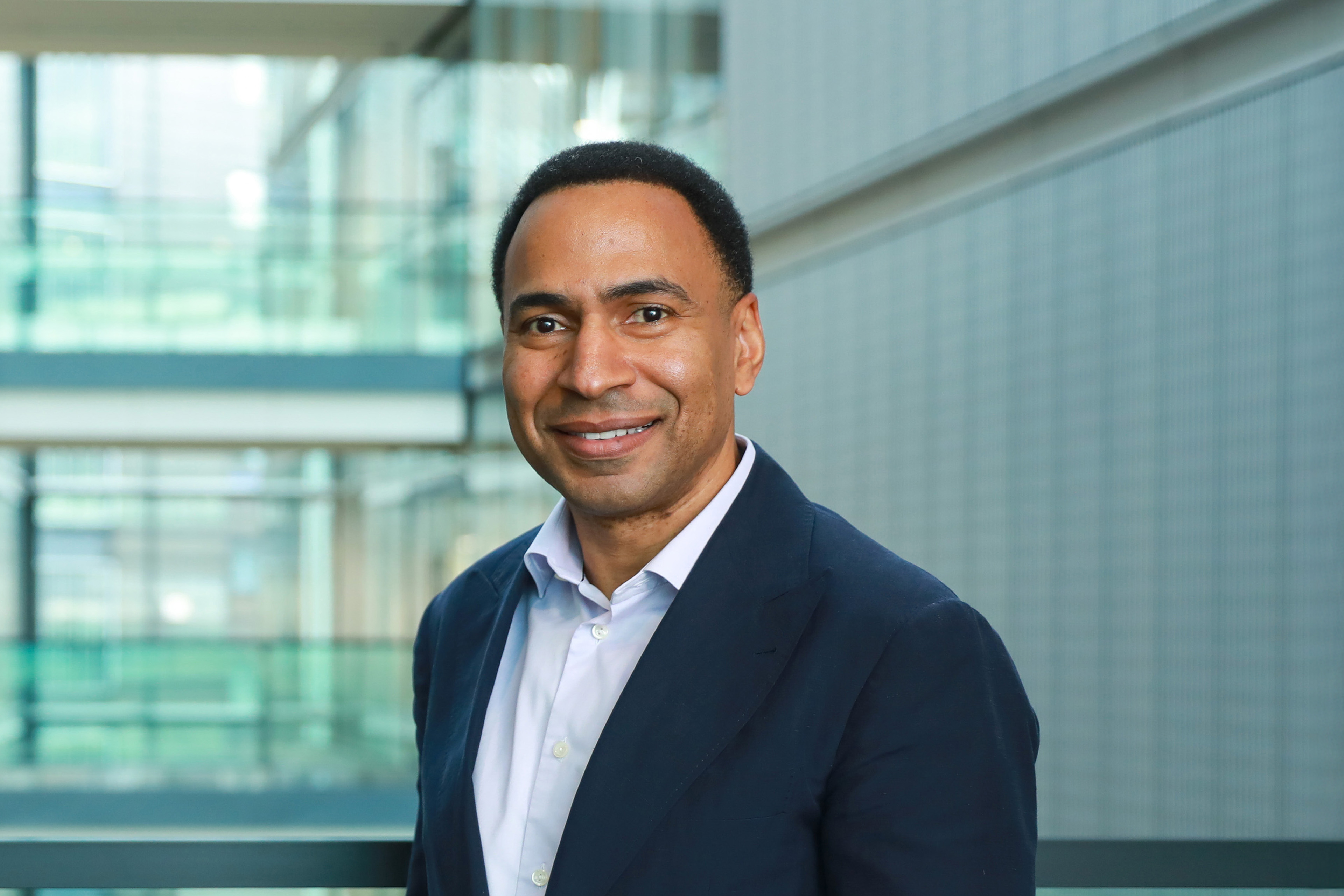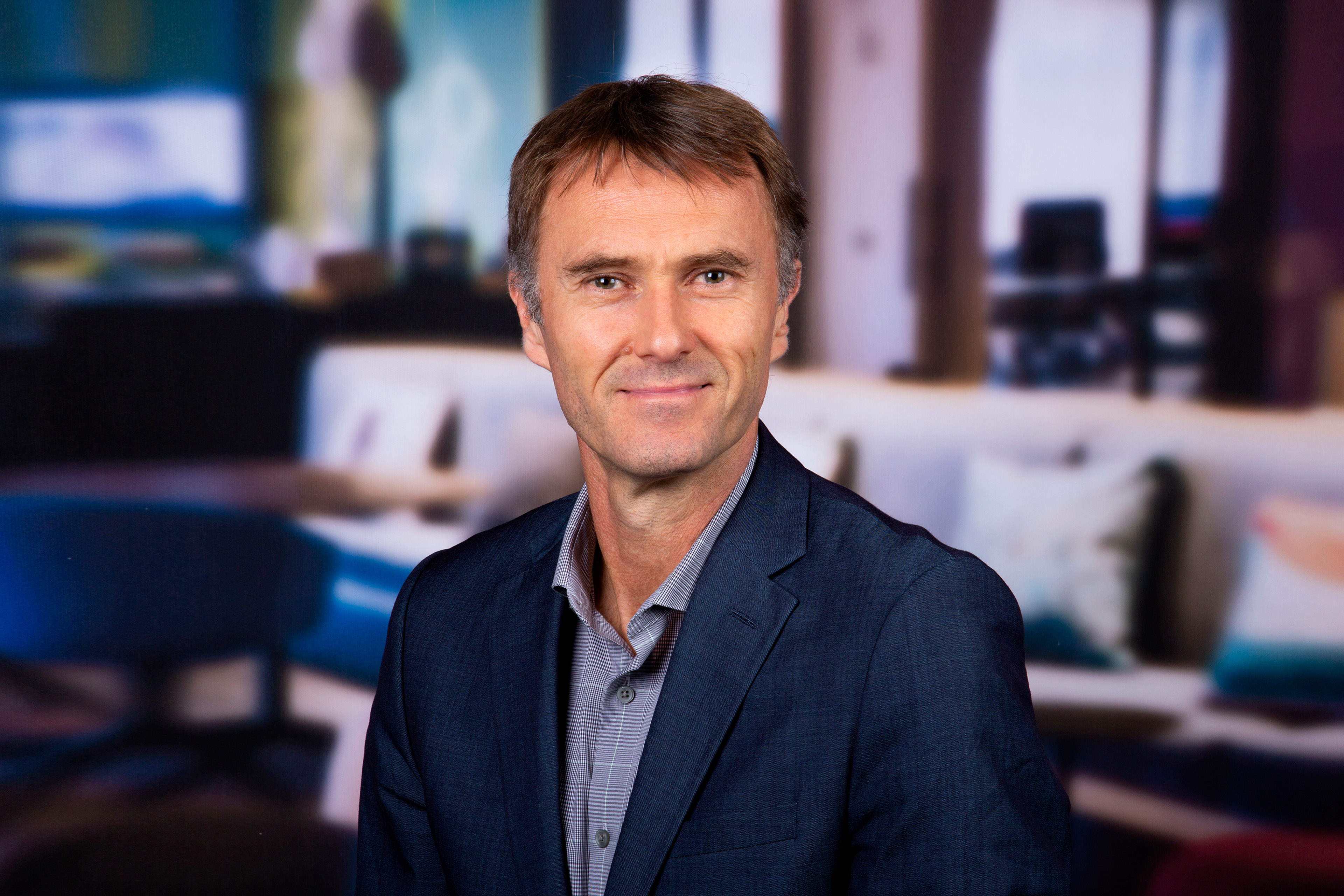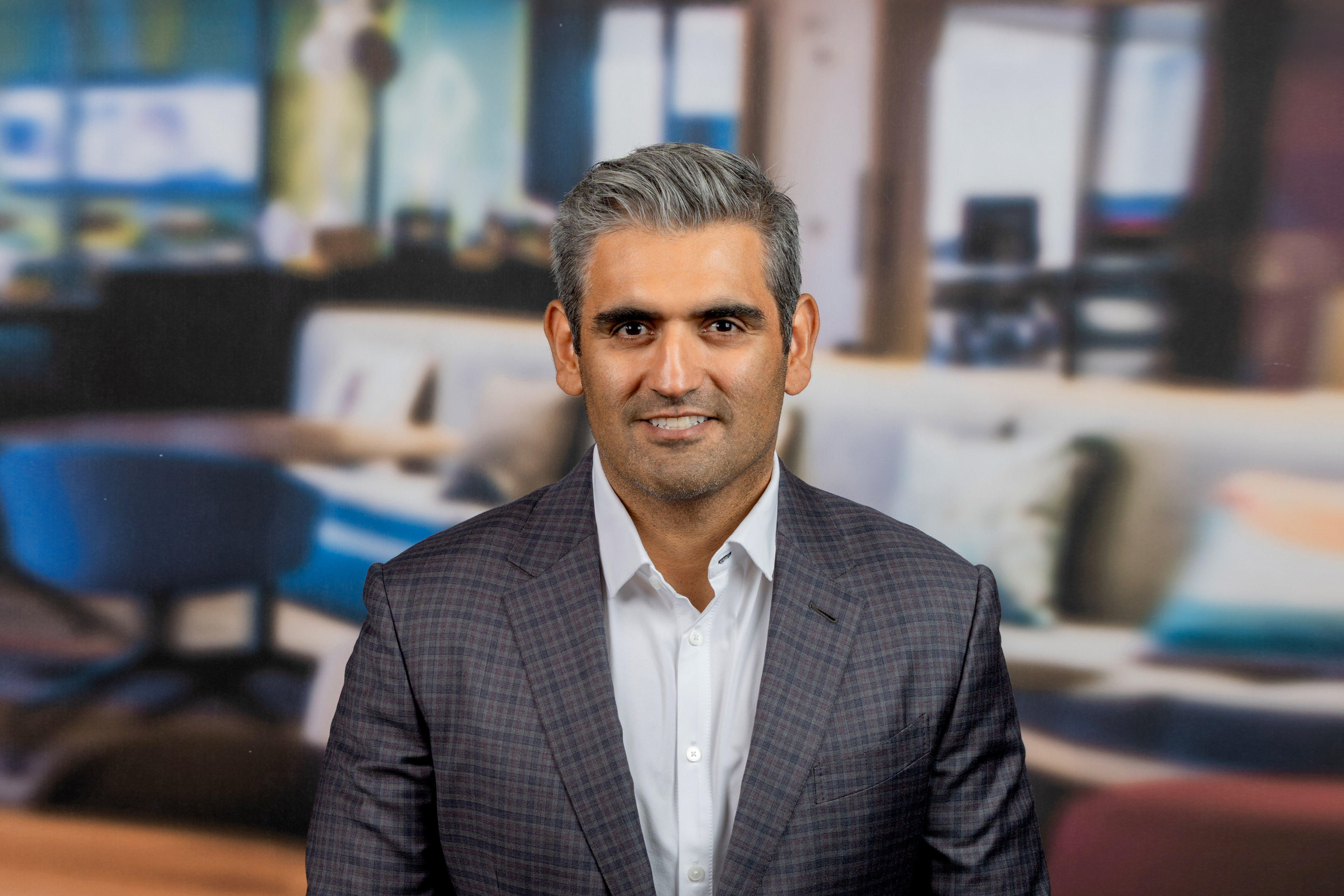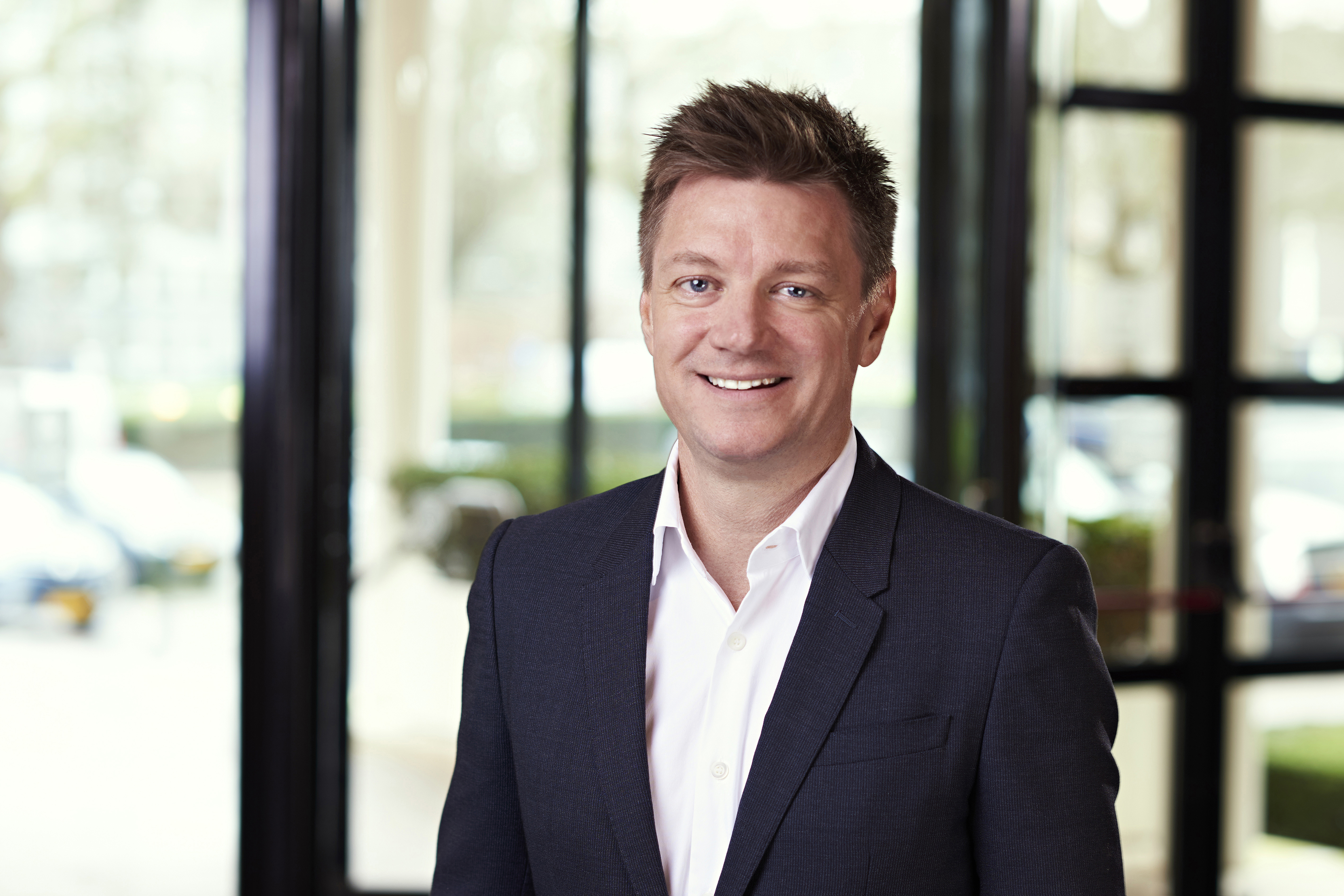EY refers to the global organization, and may refer to one or more, of the member firms of Ernst & Young Global Limited, each of which is a separate legal entity. Ernst & Young Global Limited, a UK company limited by guarantee, does not provide services to clients.
Consulting
Consulting at EY is building a better working world by realizing business transformation through the power of people, technology and innovation.
Our latest thinking and case studies
How an innovative approach modernized KCOM’s finance function
Learn how the regional communications and IT services pioneer KCOM transformed its finance function quickly and cost-effectively.
Can AI advance toward value if workforce tensions linger?
AI success needs tech and talent to turn adoption into transformational impact, the EY 2025 Work Reimagined survey shows. Learn more.
How AI innovation powers Microsoft’s finance journey
Read this case study to learn how Microsoft is transforming financial operations with emerging technologies to empower teams and gain a competitive edge.
Reimagine your cyber guardrails to accelerate AI value
In a nonlinear, accelerated, volatile and interconnected cybersphere, enterprise-wide AI adoption is safer and faster with cybersecurity guardrails.
How can reimagining risk prepare you for an unpredictable world?
The 2025 EY Global Risk Transformation Study explores how Risk Strategists see disruption earlier, adapt faster and respond with more precision.
How Microsoft 365 Copilot builds customer trust with responsible AI
With EY’s help, a leading AI solution became ISO 42001 certified and enhanced its responsible AI practices. Learn more in this case study.
Why CFOs should steer strategy and innovation beyond the balance sheet
Learn how CFOs are transforming finance with strategic vision, technology adoption and innovation to drive business success and enhance performance.
How St James’s Hospital's transformed cancer care
Learn how our client modernized its infrastructure enhancing its data management and speeding up cancer diagnostics.
How Medtronic’s optimized supply chain gets products to patients in need
A global technology Life Sciences leader improved their supply chain planning to better serve patients. Learn more in this case study.
How can cybersecurity go beyond value protection to value creation?
The 2025 EY Global Cybersecurity Leadership Insights Study found that CISOs account for US$36m of each strategic initiative they are involved in. Read more.
How AI navigates third-party risk in a rapidly changing risk landscape
Learn what the 2025 EY Third-Party Risk Management survey reveals about new AI-driven approaches to managing risks in a more volatile environment.
How Mott MacDonald is building confidence through responsible AI
Explore how EY teams helped a global firm establish and accelerate AI governance to enable them to transform responsibly and ethically.
Transact to transform: How a human focus can unlock deal value
Transactions which have a bold vision, prioritize the workforce and set conditions to navigate hurdles are more likely to transform a business. Learn more.
How a manufacturer gained supply chain agility by land, air and sea
A case study on how a manufacturer gained supply chain agility and cost efficiency by land, air and sea through a logistics transformation. Learn more.
How one health care testing company gets results with AI
By leveraging AI and automation, patient diagnostics have picked up pace in a health care testing company. Learn more in this case study.
How a major cancer center modernized IT to improve patient care
This case study explores how a major cancer center modernized its IT through ServiceNow to improve patient care and optimize research.
How can the moments that threaten your transformation define its success?
Leaders that put humans at the center to navigate turning points are 12 times more likely to significantly improve transformation performance. Learn More.
Direct to your inbox
Stay up to date with our Editor‘s picks newsletter.
How EY can help
EY Transformation EQ™ services help your business implement leading practices and harness the power of your people to drive transformation success. Learn more.
Read moreService Leader
-
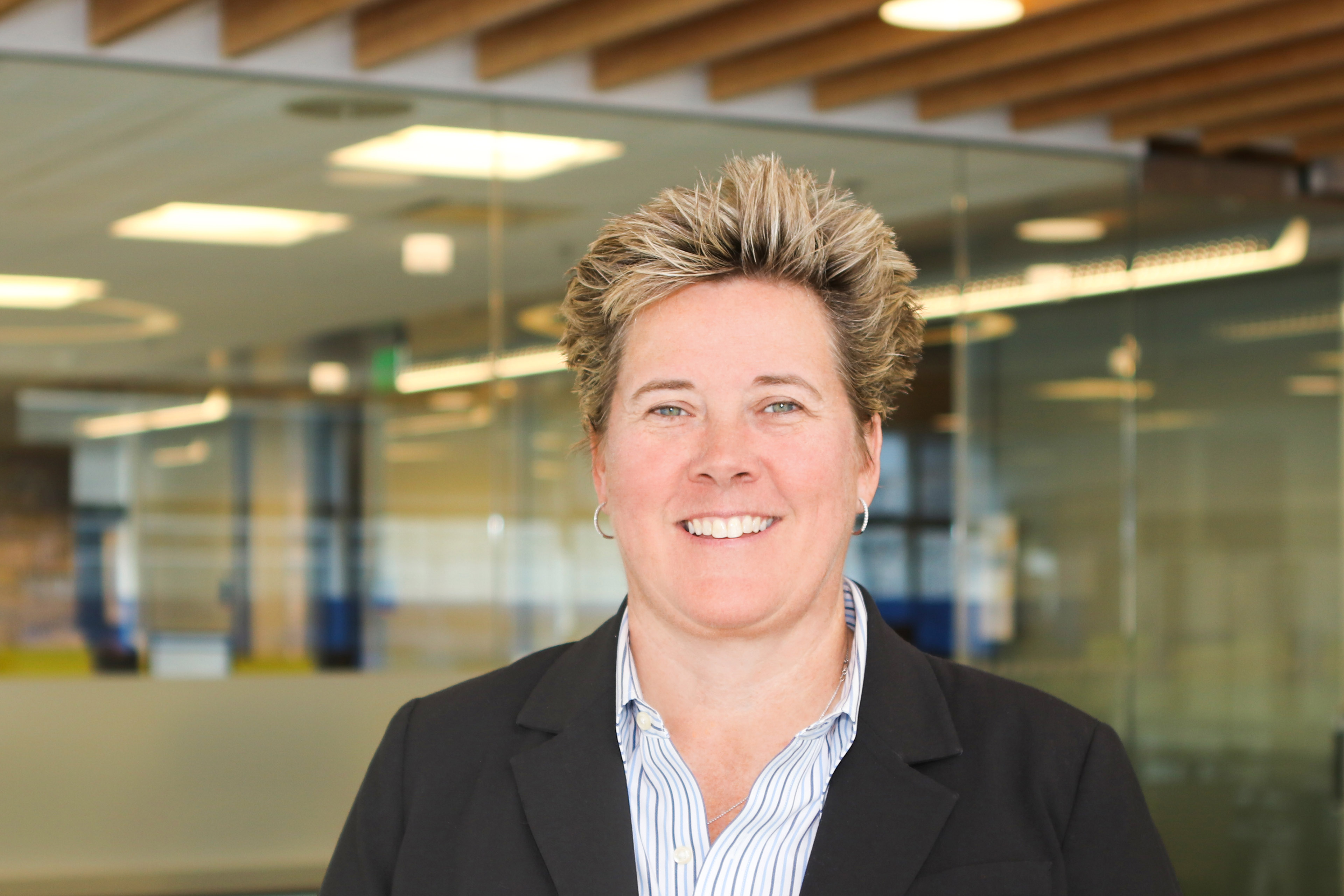 Kim Billeter
Kim BilleterEY Global People Consulting Leader
-
Unlock the agility, efficiency and innovation of composable business services with EY Business transformation through cloud. Learn more.
Read more -
EY Studio+ helps organizations build differentiated experiences that adapt with customers and drive sustainable long-term value. Read more on studio.ey.com.
Read more -
Discover how EY's Cybersecurity Transformation solution can help your organization design, deliver, and maintain cybersecurity programs.
Read more -
EY Data and Insight-Driven Transformation teams can help you use technology and data to modernize and innovate your business and prepare for future disruption. Learn more.
Read more -
The EY Enterprise Resilience solution helps organizations navigate disruption with agility — reducing risk and driving long-term value. Learn more.
Read more -
EY IA services can help your business define the IA vision to create value from thought leadership, digital insights, and risk management. Learn more.
Read more -
Our Organization and Workforce Transformation solution can help build workforce capabilities needed to realize organizational strategy. Read more.
Read more -
EY People Experience can help you build insight, develop interventions and scale people experience capabilities. Learn more.
Read more -
EY Studio+ helps organizations identify, define and design products and services that deliver long-term value. Read more on studio.ey.com.
Read more -
EY Studio+ helps organizations unlock value in sales strategies, models, enablement, performance and technologies. Read more on studio.ey.com.
Read more -
EY Studio+ helps organizations respond quickly to consumers by building data-driven, human-centered service approaches. Read more on studio.ey.com.
Read more -
EY Sustainability GRC can help you implement a digitally enabled ESG framework that is embedded in your operating model and meets regulatory requirements.
Read more -
Accelerate supply chain transformation across planning and product lifecycle management with EY teams’ proven transformation methodology. Find out how.
Read more -
Finance Technology solution improves the effectiveness of finance processes by automating transaction processing and associated reporting. Learn more.
Read more -
Discover how Saviynt's platform, integrated by EY teams, enhances reporting and analytics for effective risk-aware decision-making.
Read more






